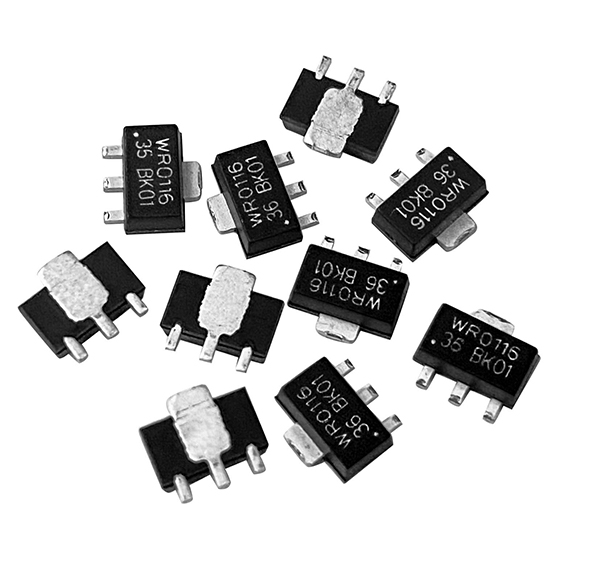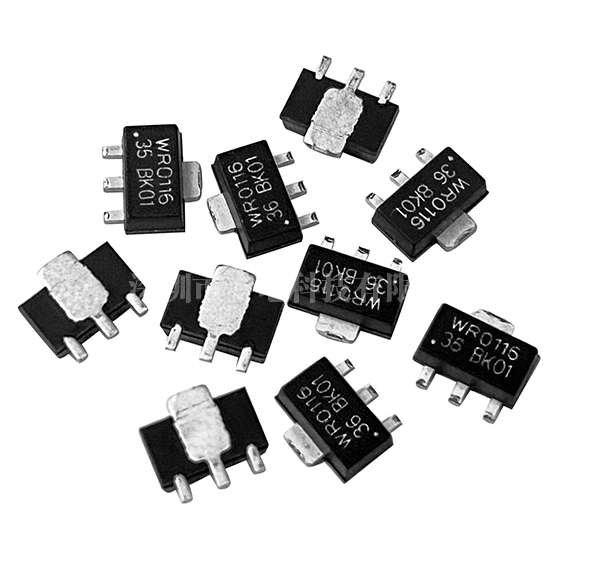LDO stands for ‘Low-Dropout Regulator.’ It is a voltage regulator that adjusts its output to maintain a constant output voltage with a small voltage difference (dropout) from the input voltage. It is a voltage regulator that adjusts its output to maintain a constant output voltage with a small voltage difference (dropout) from the input voltage, hence the name ‘low dropout’.
The main features of LDOs include:
1. **Low dropout**: LDOs can operate normally even when the difference between the input voltage and the output voltage is small, usually between a few hundred millivolts and one volt. 2.
2. **Simplicity**: LDO circuits are simple in structure, usually requiring only a few external components such as input and output capacitors.
3. **Low Noise**: Compared to switching power supplies, LDOs produce lower voltage fluctuations and noise, making them suitable for applications sensitive to power supply noise.
4. **EFFICIENCY**: When the input voltage is higher than the output voltage, the efficiency of the LDO will be lower, mainly due to power loss. However, they are still an effective solution in certain low dropout voltage applications.
LDOs are widely used in various electronic devices such as mobile phones, computers, sensors and other power management applications.






